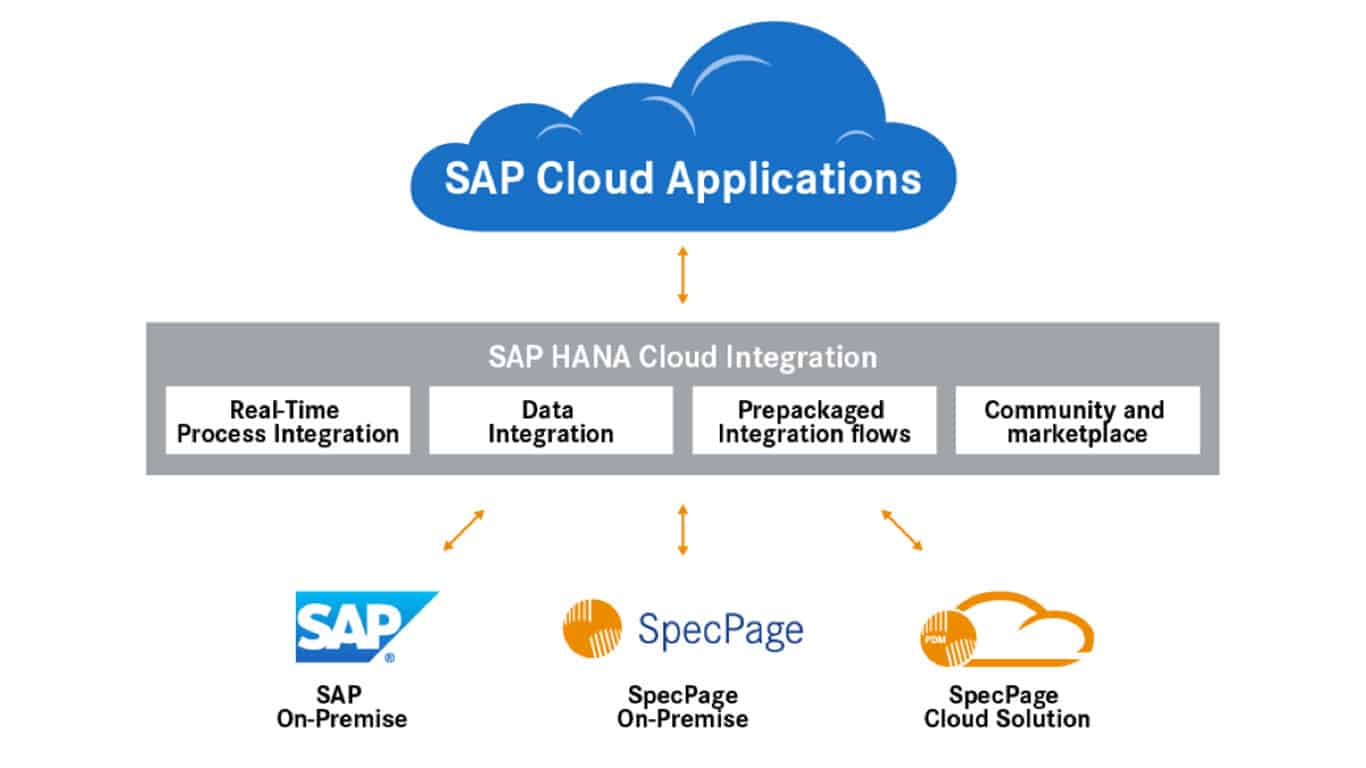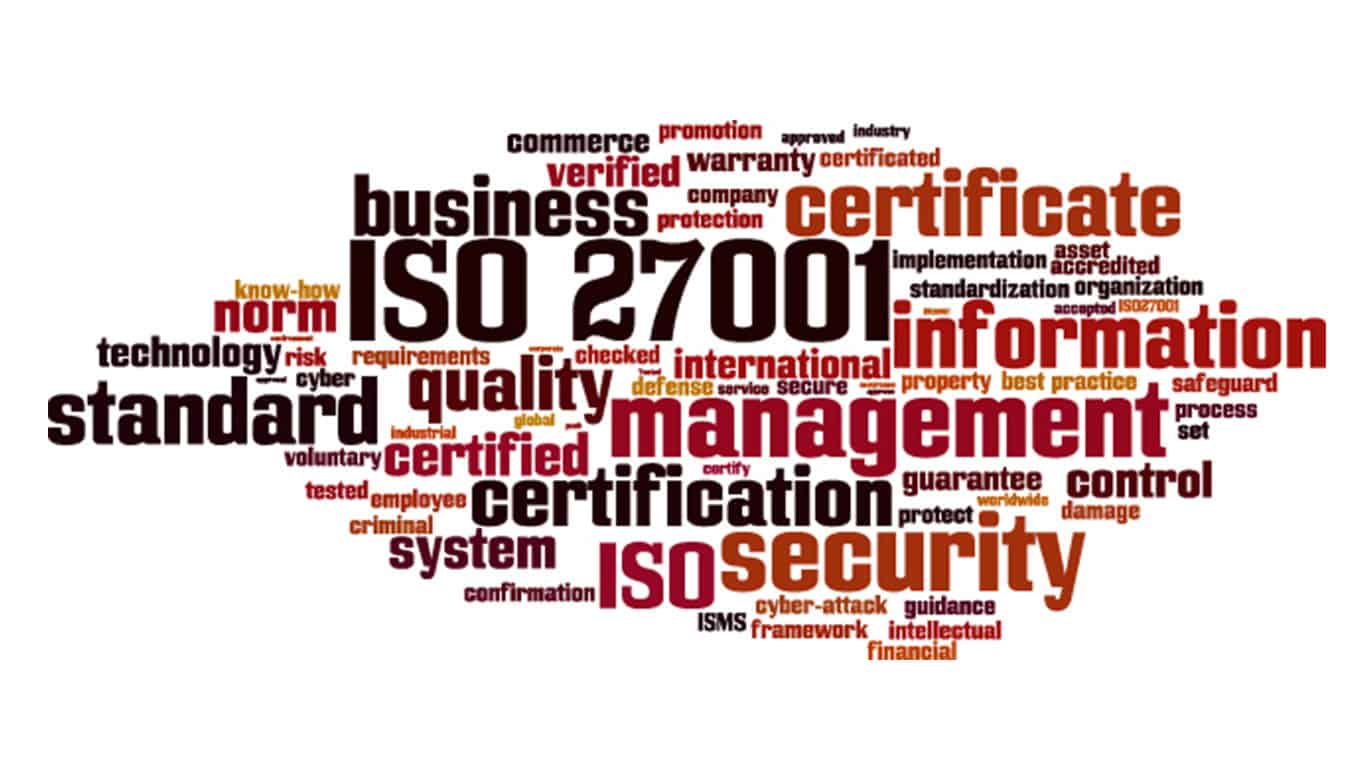Nothing beats that fresh taste of an earned drink in the wake of a monotonous day. In any case, when that one most loved drink is out of stock, sheer dissatisfaction sets in quickly. Eckes-Granini, with annual revenue of 900 million Euros, has made it its central goal to guarantee that no client’s thirst is left unquenched. By tapping into its high volume information sources, the German producer and supplier of numerous brands, Granini, Eckes Traubensaft, Pago, Yo, FruchtTiger and Hohes C, amongst others is picking up knowledge of its every day operational coordination, which is instrumental in taking care of customer demand throughout its retail channel. The same holds true for most of the well-known corporations in the world.
Almost all of these corporations have specialized division-handling function, since each division is large enough to have its own IT system. Moreover, as an enterprise, all these divisions need to share data in a synchronized manner in order to properly function. In such a varied ecosystem, integrating third party software and SAP frameworks has always been a challenge. But what used to be scoped or delimited within a set of permissibly limited software has bloomed into a vast pool of possibilities as SAP keeps on expanding its environment.
Free Whitepaper
Product Lifecycle Management: Learn how to drive innovation, reduce costs and risks and eventually gain a competitive advantage.
But why do I need to integrate?
Eckes-Granini is keeping store racks loaded with a wide variety of beverage items. Sales and supply teams can plan and react to advertising patterns with quick turnaround, store deals, and sales and retail developments all the more precisely. More critical, now that deals and operational information can be accessed within seconds after it’s created, Eckes-Granini is reinforcing its partnerships with retailers and shoppers.
But Eckes-Granini as a firm has to ensure that the larger conglomerate currently has streamlined and optimized operations in place and even as future acquisitions join the business family. It also needs to ensure the supply chain never gets delayed and outside world (retailers and other) can interact with the system effortlessly.
For the sake of an example, Eckes-Granini has to integrate its SAP to the global GDSN data pool network to exchange data with its trade partners. The SAP-GTIN-Connector compiles GDSN-related attributes in their SAP® system and validates master data prior to data pool transfer. Protocols and feedback from trade partners are processed automatically, improving the quality of product information and data accuracy.
The major obstacle in the integration usually revolves around the technical differences between the SAP and the third party applications, such as PDM & PLM Product Lifecycle Management systems. Additionally, for smooth functioning of some in-house business processes, SAP may require the exchange of data with numerous systems, each of which may be based on a different technology, thus requiring an additional layer to be used by both of them for communication.
Today’s environment companies, whether big or small, are faced with regulations. Non-compliance with any of the regulations can result in expensive fines, penalties, and legal prosecution. The difficulty is compounded by the fact that different regions have different regulations. So a global company is obligated to have different systems which help implement multiple compliance assessments and related traceability.
Also the present world is moving towards the best of breed applications with a stable engine at its core. Thus, organizations are maintaining their SAP for its centralized utility, including inventory management and financials, while at the same time, coordinating with outsider innovations for what can be referred to as on-demand applications, including client-facing applications.
SAP is a capable ERP framework, one that can give you profound business insight into the imperative terrain of your business. However, it still lacks a few configuration tools, requiring you to access the system and manually extract the information in a customized manner out of the box. That’s where the third party applications come in, regardless of whether they are Software as a Service or a standalone in-house application. In a nutshell, these applications are important in providing insight into different areas of your business and to deal with particular business operations ranging from charting to authorized reports that SAP doesn’t handle either.
Lastly, as business evolves, new use cases will certainly arise. The challenge for companies is to accommodate these uses cases system-wide and integrate them with your existing SAP framework.
So what you gain out of integration
You have the freedom to choose the best of breed applications to do activities efficiently, accurately and using minimal time and resources. You can have customization for your business at the most granular level, which is not the case with SAP. You can have small but handy custom applications, each serving a use case of its own.
Integration paves the way for improved agility and streamlining the business processes. Smaller tasks and other required configurations can be executed with ease and in short span of time.
Integration: What you need to know
The SAP ecosystem is vast and hosts a range of applications. You have flexibility up to an extent to mold the available options to meet your business needs. So you cannot generally apply the integration to a generic solution as a panacea or a magic potion. With each different SAP application, you may find variations in your integration approach and strategy.
The strategy will vary with the type of SAP application, whether it is an SAP Business One or ECC application. It will vary with the application version as well. While designing a full-fledged solution for SAP integration with third-party software, considering the entire breadth of the framework becomes imperative. The proposed solution ought to have compatibility with the various protocols and benchmarks without limiting its usefulness to a particular subset of the frameworks included.
From the start, SAP has offered a variety of options for integrating with a non-SAP system. But SAP ecosystem is so vast that it is “complex” in itself. So before choosing one of the available options for integration, it becomes imperative to first understand the requirement and the requirements of the integrated system before strategizing the integration.
Integration Options: Tools and Technologies
SAP ecosystem is vast and hosts a range of applications. You have flexibility up to a certain extent to tailor the available options to meet your business needs. So you cannot globally apply the integration to a generic solution s as a panacea or a magic potion. With each different SAP application, you may find variations in your integration approach and strategy. It will vary with the application version as well. While designing a full-fledged solution for SAP integration with third-party software, considering the entire breadth of the framework becomes imperative. The proposed solution ought to have compatibility with the various protocols and benchmarks without limiting its usefulness to a particular subset of the frameworks included.
The most common options used for integration include IDOC, RFC, BAPI’s and Connectors. IDOC stands for intermediate Document and the mode of exchange used for communication in SAP. With over 600 IDOCs options, one can definitely cover most of the common integration problems.
RFC calls or the remote function calls that lets you integrate with a good number of external applications. They are quite simple to use and you can find good documentation online.
BAPI or Business Application Programming Interfaces is the most common integration method. As the name suggests, it is a way of programming your interface with SAP and that is what integration is all about. Also it is advised and supported by SAP. So, if you need consultation and guidance, SAP is there to help in all matters. BAPIs provide two-way access to data, and many are provided by SAP and can be utilized for integration.
Connectors are basically middleware which lets you create components out of the SAP ecosystem and integrate with SAP. There are wide varieties of connectors available. If your in-house development is based on JAVA or .NET, then you have lot of options in connectors available to you which offer flexible integration. You can use them with desktop application or a web application integrated with SAP.
With SAP S/4HANA Cloud, more modern, extensible and structurally simplified SOAP APIs are being provided and maintained by SAP on the SAP API Business Hub.
Last but not the least, SAP has more weapons in the arsenal: NetWeaver PI or PO. It lets you integrate third party applications with ease and also promotes custom development, making this interface very consistent. It is so consistent, in fact, integration is optimized and efficient, irrespective of the technology the third party application is based on. It uses the industry standards programming options which include service-oriented architecture and Web services.
Let’s make sure we all understand what these two products are:
SAP Process Integration (PI) – This is an integration broker which traditionally uses BOTH ABAP and Java stacks to enable Message Based integration between IT systems using a number of adaptors to get messages into and out of these systems.
SAP Process Orchestration (PO) – This is the combination of SAP Process Integration (as above), SAP Business Process Management (used to create workflows between people and systems), SAP Business Rules Management (used to enable user defined business logic required in any business process e.g. sign off limits).
Simply put, SAP Process Orchestration encompasses all the tools you need to create business logic, applications and integration required to fill any gaps in your IT systems – an on-premise Extension Platform. Ready for HANA is included with PO. PO lets you run your middleware on HANA on-premise (PI dual stack will not be released for HANA) and on cloud. The iFlows included in the PO system use artefacts that can likewise be used in the HANA Cloud Integration product – so if or when you choose to use that tool for cloud – cloud or cloud on-premise integration, you can re-use interface definitions and mapping components.
By and large, when it’s time to integrate external non-SAP systems with SAP systems, utilizing the SAP-distributed and -upheld interfaces, including BAPIs and NetWeaver, presents an excellent alternative. In view of the intricacy of the SAP scene, and the one-of-a-kind requirements of every business, there are many elements to consider with regard to integrating SAP with third party software. In any case, the value added by having the ability to exploit best-of-breed programming solutions and seamlessly associating this data management system with your in-house system is great.




